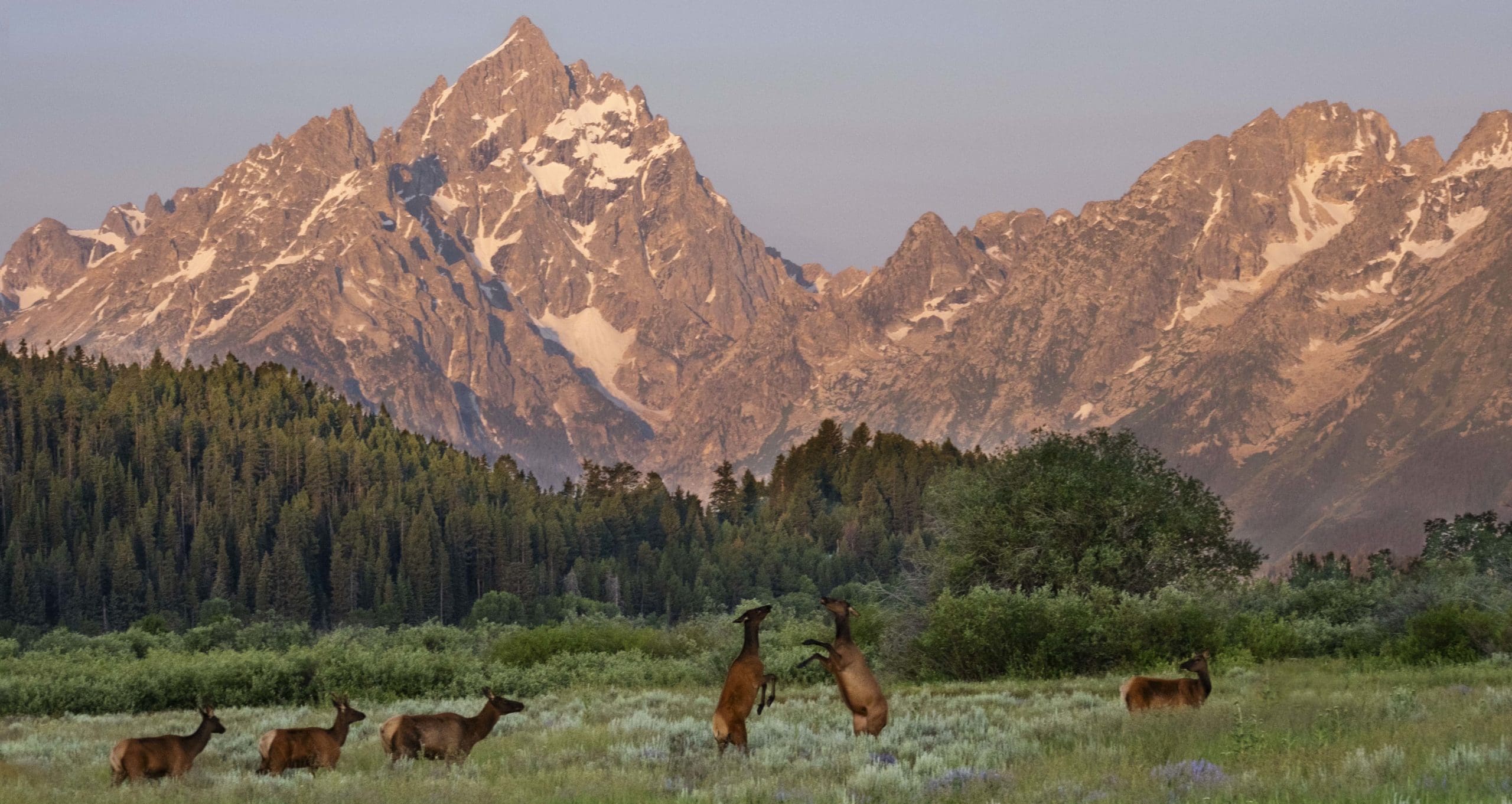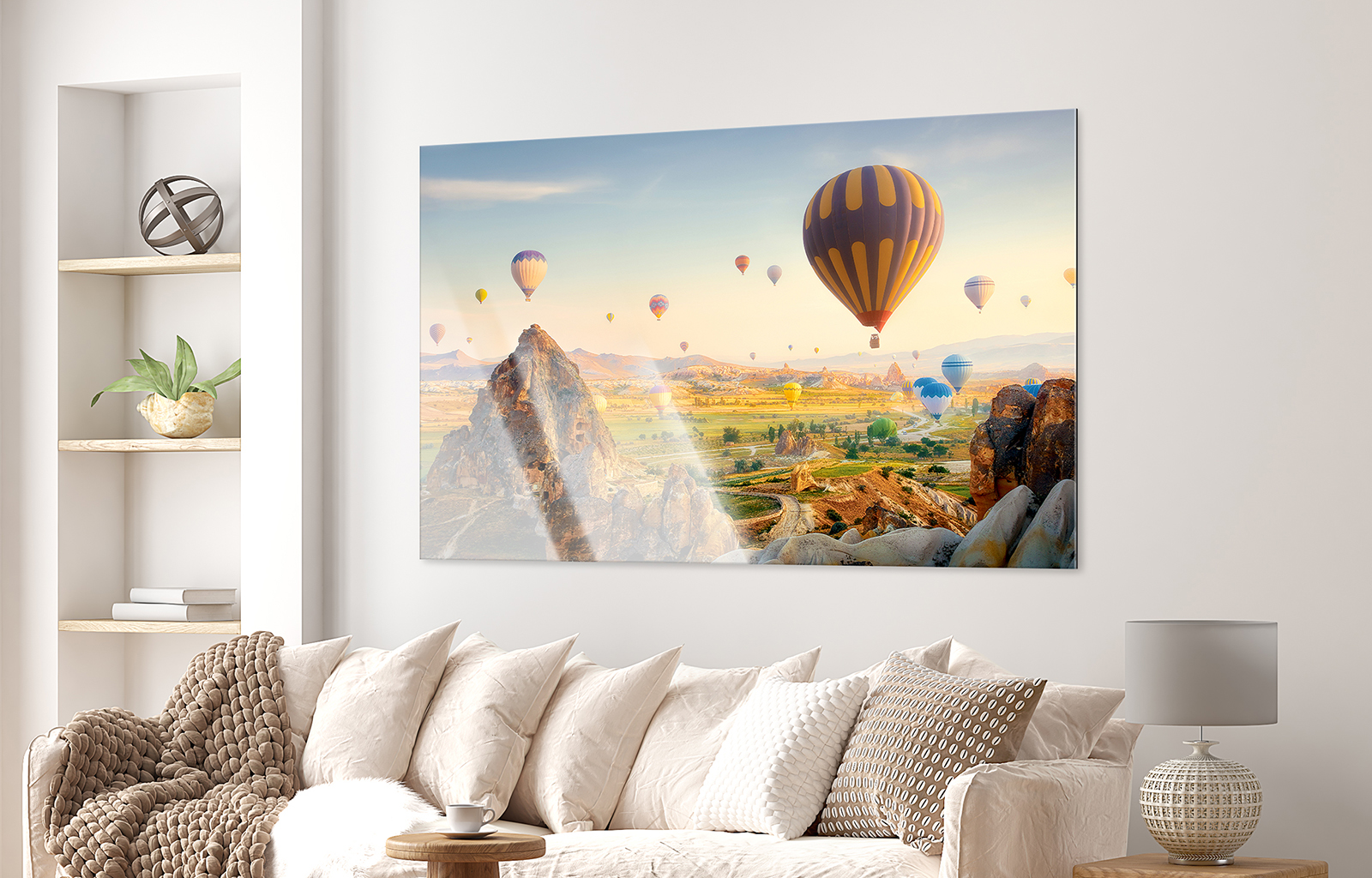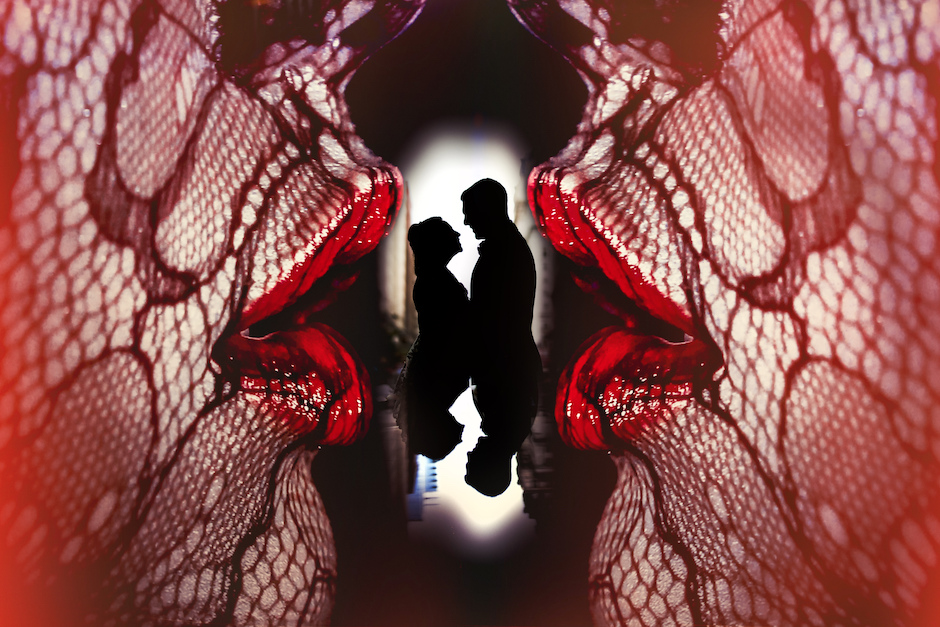 Students of Storytelling
Students of Storytelling 
Follow along with Northwest College graduate Austin Kennedy as he adventures deep into the wild, remote, grizzly-inhabited backcountry of Yellowstone National Park. Kennedy grew up right outside Yellowstone, giving him a unique perspective and knowledge of the popular area. His mission is to photograph and take video off the beaten path in the most remote backcountry of the park, to “document the lesser-known side of this beautiful place.” Kennedy won the Fujifilm Students of Storytelling competition for his work in Yellowstone National Park. Fujifilm created the contest to identify the next generation of U.S. storytellers, and to provide them with Fujifilm X Series or GFX System gear to bring their vision to life.
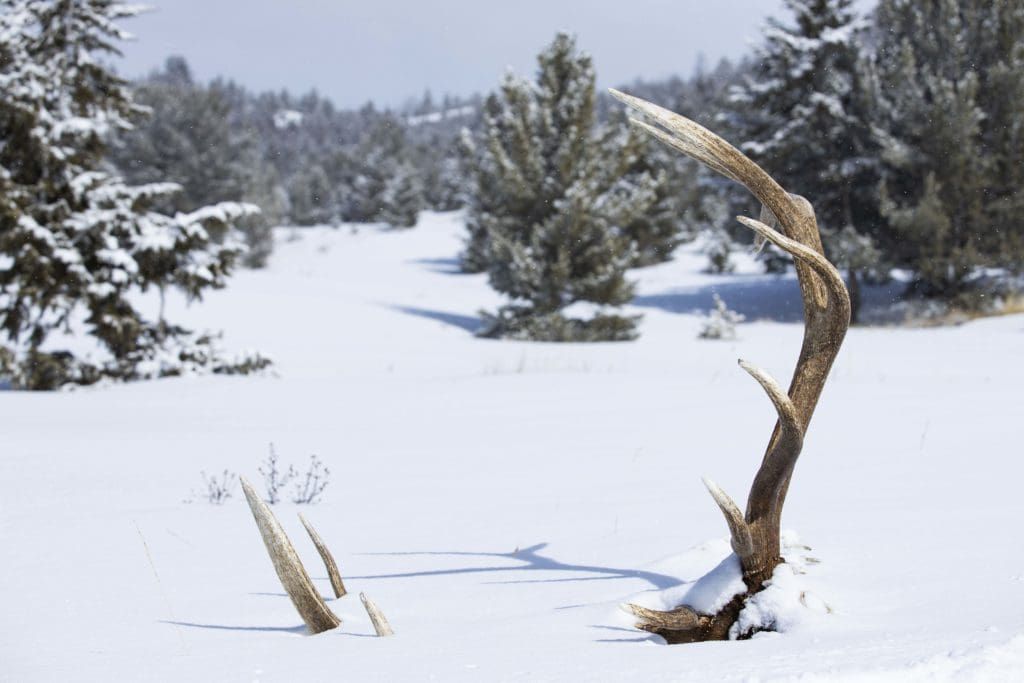
Rangefinder: What interests you as a storyteller? Which stories are you drawn to?
Austin Kennedy: As a storyteller, I’m interested in stories that are unique. I like stories that cover things, places, or events that aren’t well-known or documented much.
Rf: What stories do you want to share through your work?
AK: Through my work I want to share stories about conservation and remote areas that aren’t visited or documented often.

Fujifilm X-T4 with XF100-400mm F/4.5-5.6 R LM OIS WR lens
Rf: Describe the evolution of your style/approach. How has it changed over time?
AK: My style has always been authentic. I’ve always set out to capture the realness and emotion of situations. Although I still do studio work and other portraits that require props and posing, I prefer to capture candid moments. Images where you can feel the intensity and emotion of the subject as it really happened.
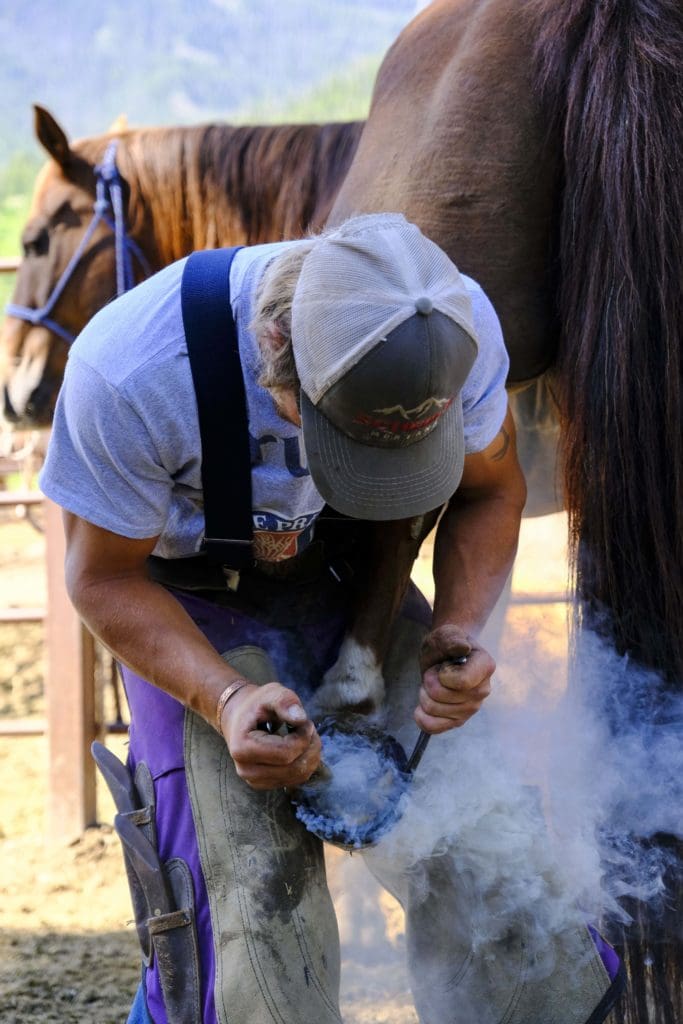
Fujifilm X-T4 with XF16-55mm F2.8 R LM WR lens
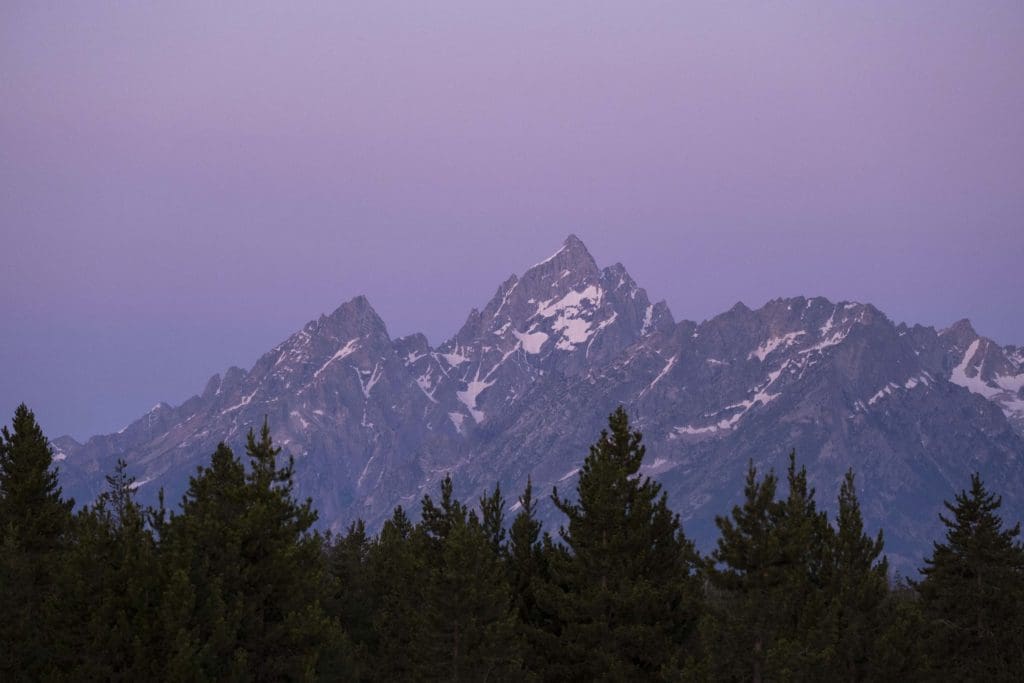
Fujifilm X-T4 with XF100-400mm F4.5-5.6 R LM OIS WR lens
Rf: What are the key things you have learned or done that have helped you advance your career since you began shooting?
AK: The biggest thing that’s advanced my career since I began shooting is workflow. This is the creating process from start to finish. Going into a shoot, you have to be prepared and can never have too many ideas or concepts. After that, you have to have an effective file management and editing system. Being disorganized can be the death of a photographer.
Rf: What is the most helpful piece of advice you’ve received and followed?
AK: A professor in college told me that a successful image happens six inches behind the lens, referring to your brain and not the camera. So many people get caught up in the fancy new gear and rely on it, but people have been making amazing work since the film days. So, it’s definitely more important to know the art and have an eye for the beauty in the world than to rely on the newest technology.
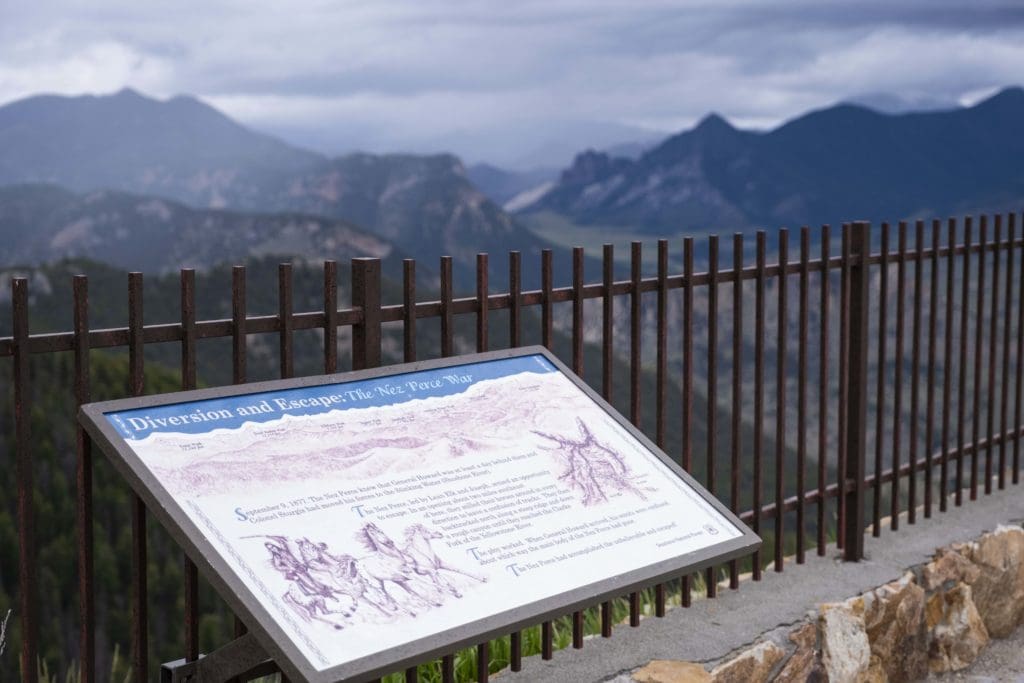
Fujifilm X-T4 with XF16-55mm F2.8 R LM WR lens
Rf: How has photographic education affected your career and development as a photographer?
AK: Photographic education has been the backbone to my photography career. Two years ago, when I entered the photography department at my college, I didn’t even know how to put a lens on a camera. However, with the help of some great professors and a good education, I was able to understand the art much better and improve my photography skills dramatically.
Rf: How do you approach finding new perspectives on landscapes widely photographed?
AK: Although I try to avoid taking images that a lot of other people have, there are ways to diversify my photos. The most important thing I could do is get a different angle. So many basic snapshots can look like an amazing image if you get a unique perspective on it, maybe low angle or find an interesting framing and composition. Next I would say lighting; the perfect lighting can change a picture entirely.
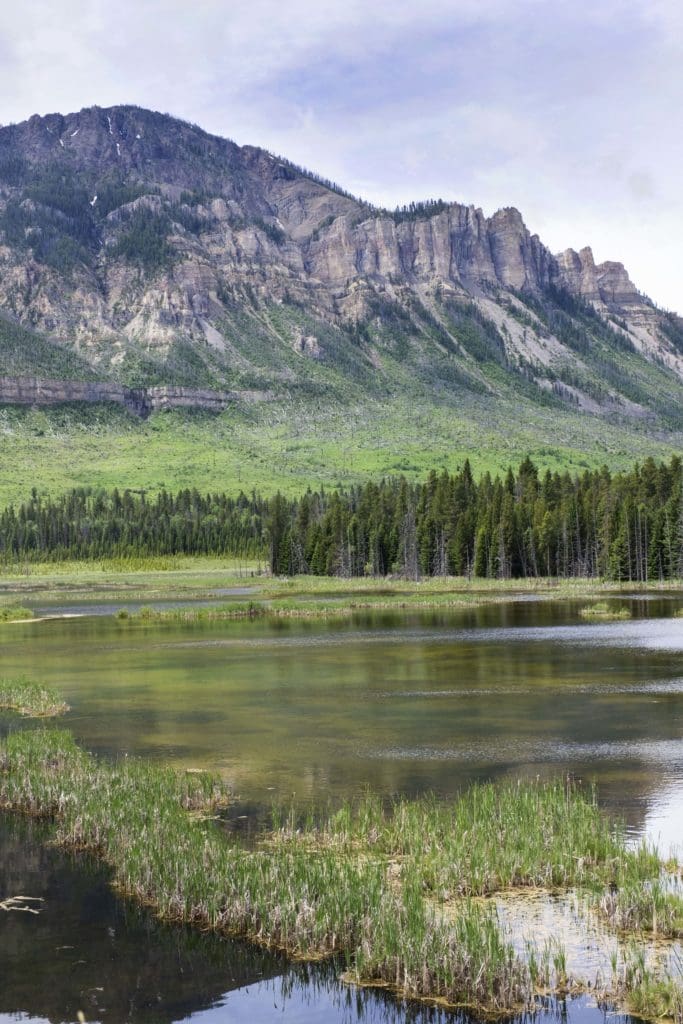
Fujifilm X-T4 with XF16-55mm F2.8 R LM WR lens
Rf: How does your personal background affect your photography?
AK: My personal background affects my photography in a lot of ways. I was exploring remote places and getting some unique and amazing experiences before photography was a part of my life. Now that I have photography, I do the same things but with the goal of capturing amazing images of those experiences.
Rf: Can you tell us about your submission to Fujifilm’s Students of Storytelling program? How you came up with the project?
AK: My submission for Fujifilm Students of Storytelling was designed around my experiences growing up right outside of Yellowstone National Park. Living here my whole life has allowed me to visit more parts of this region than most. My backcountry experience has enabled me to travel to very remote places that are hardly visited or photographed. With my project, I want to document the parts of Yellowstone and surrounding areas that very few people have ever seen. At the same time, I want to show an inside look at how ecosystems operate far from the impact of man and the role that hunting and conservation play in keeping an ecosystem healthy.
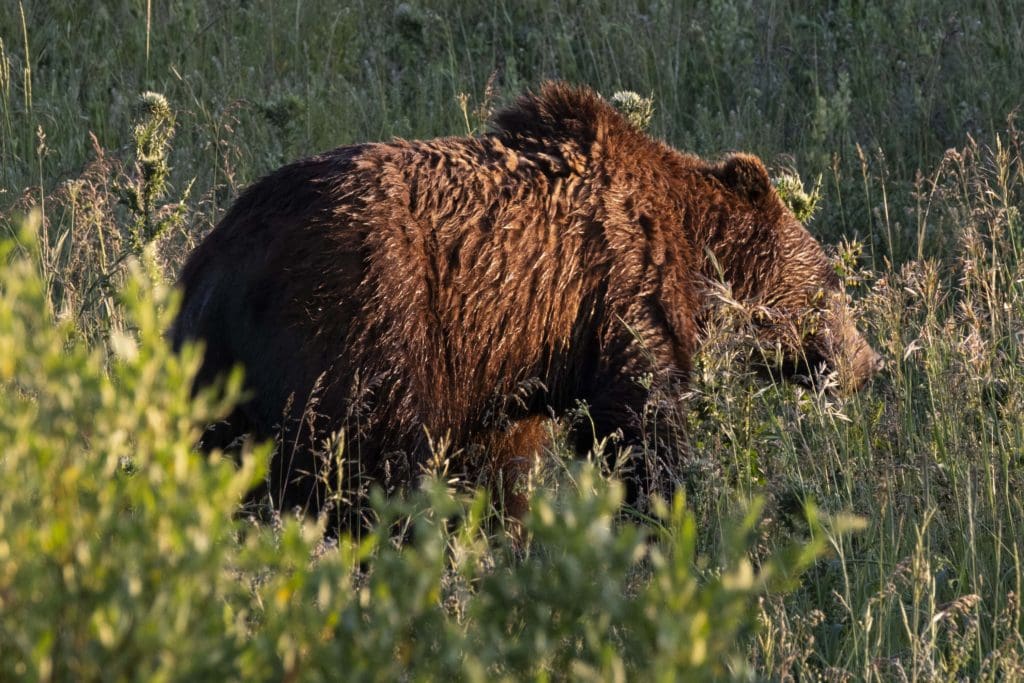
Fujifilm X-T4 with XF100-400mm F4.5-5.6 R LM OIS WR lens
Rf: What works have you produced with your new Fujifilm systems?
AK: With my new Fujifilm camera, I have already been able to capture some amazing images. Taking it on many adventures I have captured scenic landscapes, wildlife, and even some interesting portraits. I have taken it to the Tetons, all over Yellowstone, and trips by horseback into the wilderness.
Rf: Where do you see your work going from here?
AK: From here I see my work going all over. The remote wilderness areas that I explore are so amazing. All on public land that everyone has free access to. Yet I never see another soul where I go. I want to use my imagery to share these places with all the people that never get to make it back there while showing the need for conservation and protection of these areas.
Rf: Which brand, media outlet or agency is your ideal client? And why?
AK: My ideal clients would be companies in the outdoor/hunting industry such as KUIU, Sitka Gear, or Modern Huntsman. Most of my content is directly related to the outdoor or hunting. Another ideal client would be anyone trying to display public lands and the need for conservation.
Visit the official Fujifilm Students of Storytelling site for more information about the complete program. Follow @austink3nn3dy to stay up to date with Austin Kennedy.

